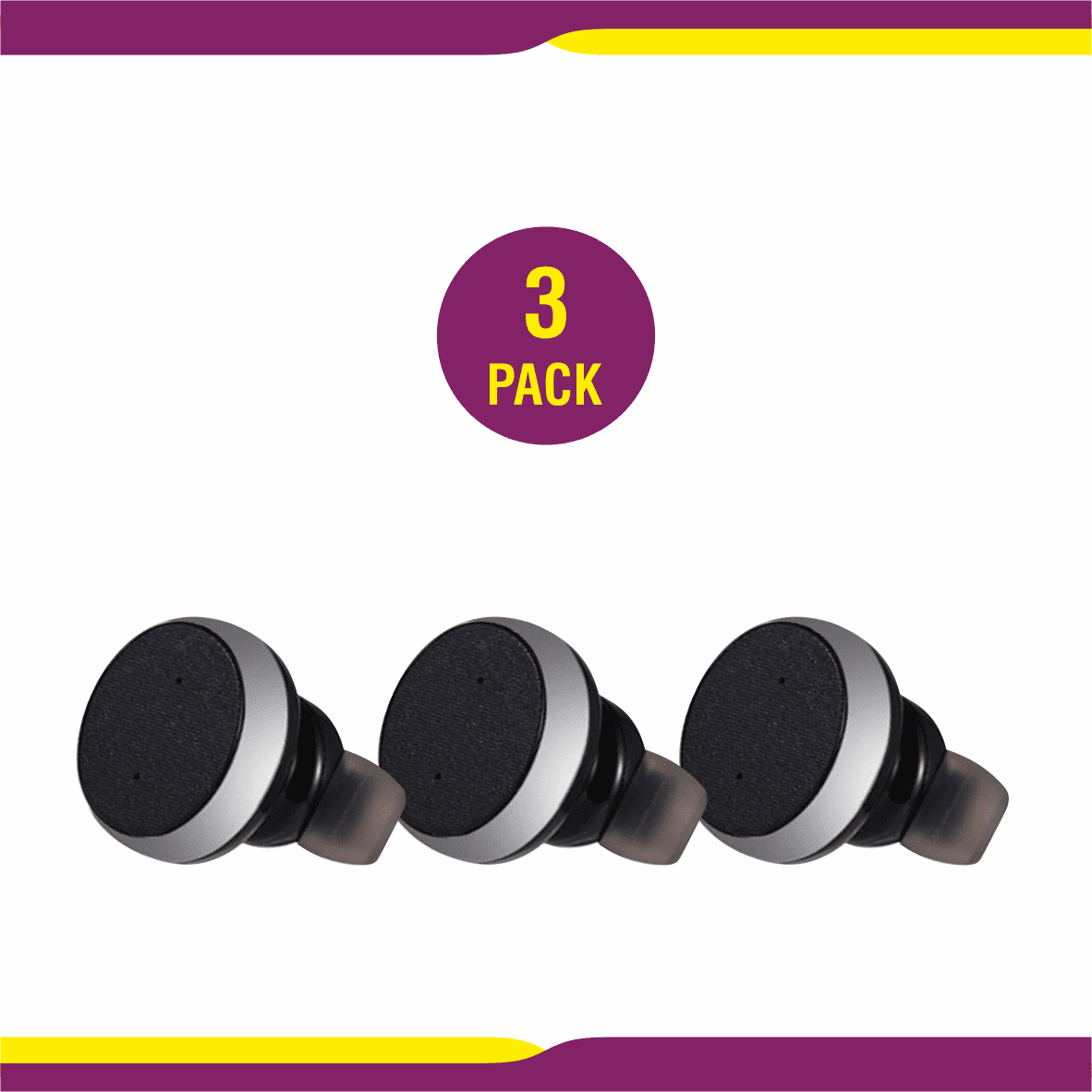

Check another pair of headphones-which you should have already done earlier!-and see whether it’s really Bluetooth’s fault. Before you jump to troubleshooting Bluetooth, make sure that static isn’t inherent in the source of your music-maybe you’re listening to a low-bitrate MP3 from your Napster days, or maybe your streaming service has defaulted to a very low-quality setting.

If you’re able to pair your headphones but something doesn’t sound quite right-maybe the music sounds lower-quality than it should or it cuts in and out-it could be a problem with your wireless connection. Check the supported Bluetooth versions on both devices and ensure they’re compatible with each other. Most devices use Bluetooth 5.0 or newer, and while a Bluetooth 5.0–capable phone should be able to connect to most devices you own, certain modern Bluetooth headphones may not connect to very old phones, tablets, or laptops. Like most technology, Bluetooth has gone through many revisions and improvements over the years.
#HANDS FREE BLUETOOTH EARPIECE MANUAL#
So if your headphones aren’t appearing with a new device, you may need to hunt down that manual for instructions on putting them in pairing mode. As a result, most users can easily pair headphones the first time, says Win Cramer, CEO of JLab Audio (makers of WIRED’s favorite budget wirefree buds)-but the second time leaves them scratching their head. Many headphones go into pairing mode automatically when you first use them. If you can’t get your headphones to connect to your phone at all, don’t despair-in my experience, this is usually the easiest to fix (provided the headphones aren’t dead entirely).


 0 kommentar(er)
0 kommentar(er)
